(1)
An index is a collection of JSON documents that you want to make searchable. To maximise your ability to search and analyse documents, you can define how documents and their fields are stored and indexed (i.e., mappings and settings).
An index template is a way to initialize with predefined mappings and settings new indices that match a given name pattern - e.g., any new index with a name starting with "java-" (docs).
An index pattern is a concept associated with Dashboards, the OpenSearch UI. It provides Dashboards with a way to identify which indices you want to analyse, based on their name (again, usually based on prefixes).

(2)
Data streams are managed indices highly optimised for time-series and append-only data, typically, observability data. Under the hood, they work like any other index, but OpenSearch simplifies some management operations (e.g., rollovers) and stores in a more efficient way the continuous stream of data that characterises this scenario.
In general, if you have a continuous stream of data that is append-only and has a timestamp attached (e.g., logs, metrics, traces, ...), then data streams are advertised as the most efficient way to model this data in OpenSearch.
